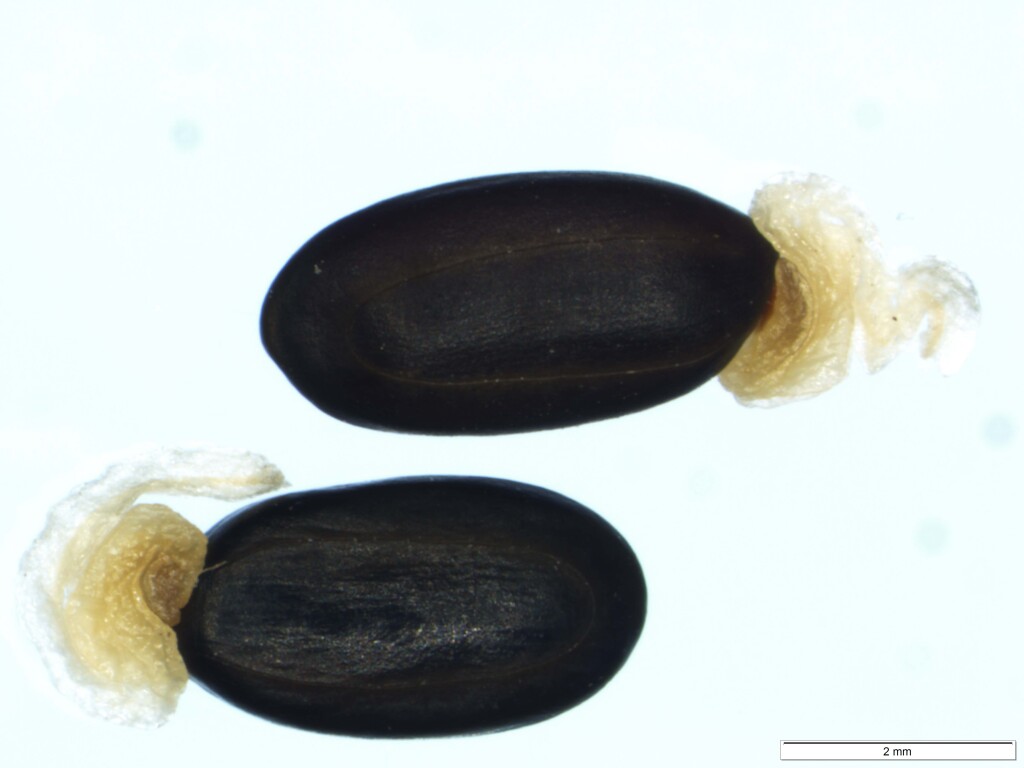Acacia howittii
F.Muell. Sticky WattleGraceful shrub or tree, 3–9 m high; branchlets slender, pendulous, ribs pubescent, in between more or less glabrous and slightly resinous. Phyllodes narrowly elliptic to lanceolate, usually 1.5–2.5 cm long, 4–8 mm wide, thin, dark green, glabrous except margins and sometimes main veins which may have appressed, minute hairs, resinous-punctate, often viscid especially when young, acute to acuminate; main veins 2–4, distant, with few, longitudinally anastomosing lateral veins. Peduncles 1 or 2 per axil, 3–10 mm long, minutely pubescent, basal bract persistent; heads globular, c. 3 mm diam., 12–20-flowered, pale lemon-yellow. Flowers 5-merous; sepals united. Pods narrowly oblong to linear, to 6 cm long, 4–5 mm wide, firmly chartaceous to thinly coriaceous, brown, glabrous except margins hairy; seeds longitudinal, oblong, 3.5–4 mm long, somewhat shiny, dark brown, aril terminal. Flowers mostly Oct.
GleP, VVP, VRiv, GipP, OtP, WaP, Gold, CVU, DunT, EGL, HSF, HNF, OtR, Strz, VAlp. Endemic to Victoria.. Confined to eastern Victoria from the upper Macalister River area near Mt Howitt south to near Yarram and east to near Tabberabbera. Grows in moist forest. Widely cultivated and naturalising in some areas (e.g. Daylesford, Greater Melbourne, Dandenong Ranges etc.).
A member of the A. verniciflua complex. Putative hybrids occur between A. howittii and A. stictophylla where the former is naturalised at Ringwood, and near Coleraine apparent hybrids exist between A. howittii and the rare, locally endemic A. exudans.
The species is widely planted as an ornamental, especially for its pendulous foliage and profuse, perfumed heads. Phyllodes are sometimes to 3.5 cm long in cultivation.
Entwisle, T.J.; Maslin, B.R.; Cowan, R.S.; Court, A.B. (1996). Mimosaceae. In: Walsh, N.G.; Entwisle, T.J., Flora of Victoria Vol. 3, Dicotyledons Winteraceae to Myrtaceae, pp. 585–658. Inkata Press, Melbourne.
 Spinning
Spinning

